Hemidactylus Turcicus For Sale – For the seller, the goal is often to maximize the value of the business, which requires a clear understanding of the company’s assets, liabilities, and future earning potential. These goods aren’t just products; they are symbols of craftsmanship, heritage, and pride. The idea of “buying quality” is not just a luxury; it’s a mindset that encourages consumers to think beyond the momentary gratification of cheap purchases and focus instead on long-term value and satisfaction. Whether you’re the seller or the buyer, the phrase “for sale” is a reminder that everything in life is in constant motion, always moving toward something new, something different, something better. This has made it easier for people to find items that might have otherwise been out of reach, whether it’s a rare collectible, an antique, or a product from another country. After the sale is complete, the buyer assumes responsibility for the business and takes control of its day-to-day operations. The idea that everything is for sale works to perpetuate inequality, as those with the most resources can continue to amass power and wealth, while others are left to scramble for what little they can get. In many cases, sellers may work with business brokers, financial advisors, or accountants to help value the business and identify potential buyers. For the buyer, a car offers freedom, mobility, and a chance to create their own story on the road. Many everyday products, such as kitchenware, footwear, and tools, can also be considered quality goods, provided they are made to last and perform well over time. This sense of connection can also extend to the broader culture of quality goods, where consumers and creators share a commitment to excellence and a desire to preserve the craft and tradition behind these products. While the sale of a business can provide a valuable opportunity for both parties involved, it also carries risks. It’s a moment of transition, and as with all transitions, it brings with it both excitement and uncertainty. People are rediscovering the value of items that have been made by hand, with care and skill, as opposed to the impersonal, assembly-line products that dominate the marketplace. There is also a growing trend of upcycling and repurposing second-hand goods, where items that may no longer serve their original purpose are transformed into something new and useful. In both cases, there’s a sense of vulnerability. A well-made product simply performs better. Second-hand record stores and online marketplaces like Discogs have become hotspots for vinyl enthusiasts, providing a platform for buying, selling, and trading records. Cars, too, are often sold with a sense of transition. It’s about letting go of something that no longer serves a purpose, while opening the door for something new to take its place.
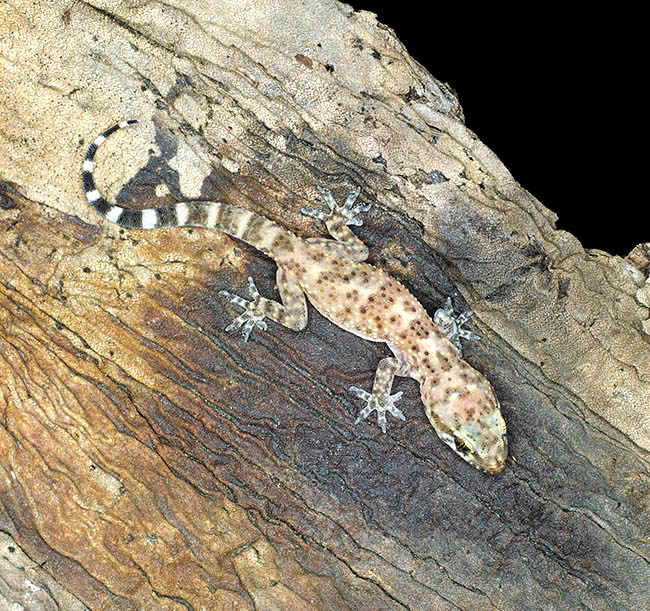
Hemidactylus turcicus Monaco Nature Encyclopedia
The mediterranean gecko (hemidactylus turcicus) is native to the mediterranean area but included on the north american introduced species checklist ) because of its human. We have thai house geckos for sale. This nocturnal lizard is native to the mediterranean region, but is now common in warm climate areas of the southern. Hemidactylus turcicus photographed in phoenix, arizona, october 2003..

macroinstantes Salamanquesa rosada (Hemidactylus turcicus) (VII)
This nocturnal lizard is native to the mediterranean region, but is now common in warm climate areas of the southern. Start date aug 16, 2022; People misidentify small geckos like these as hemidactylus turcicus all the time, but i can assure you this is not it. They have large elliptical eyes, but no. A fairly small gecko, hemidactylus turcicus reaches.
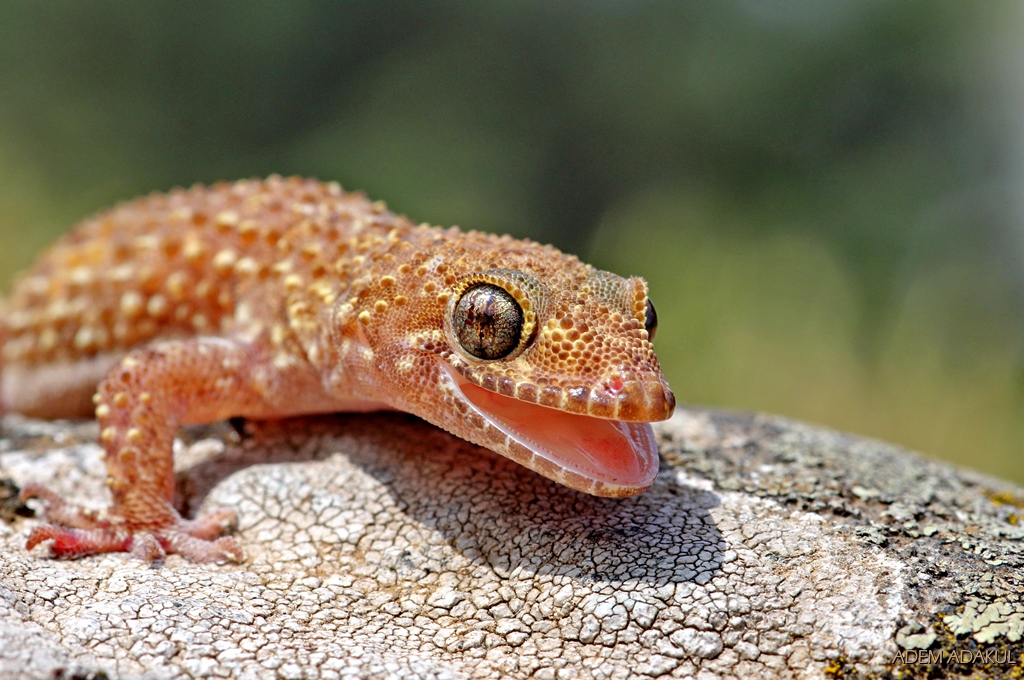
Hemidactylus turcicus (Mediterranean house gecko) a photo on Flickriver
Not to compete with tree lizards, this introduced lizard hunts at night. This nocturnal lizard is native to the mediterranean region, but is now common in warm climate areas of the southern. The mediterranean gecko (hemidactylus turcicus) is native to the mediterranean area but included on the north american introduced species checklist ) because of its human. The mediterranean house.
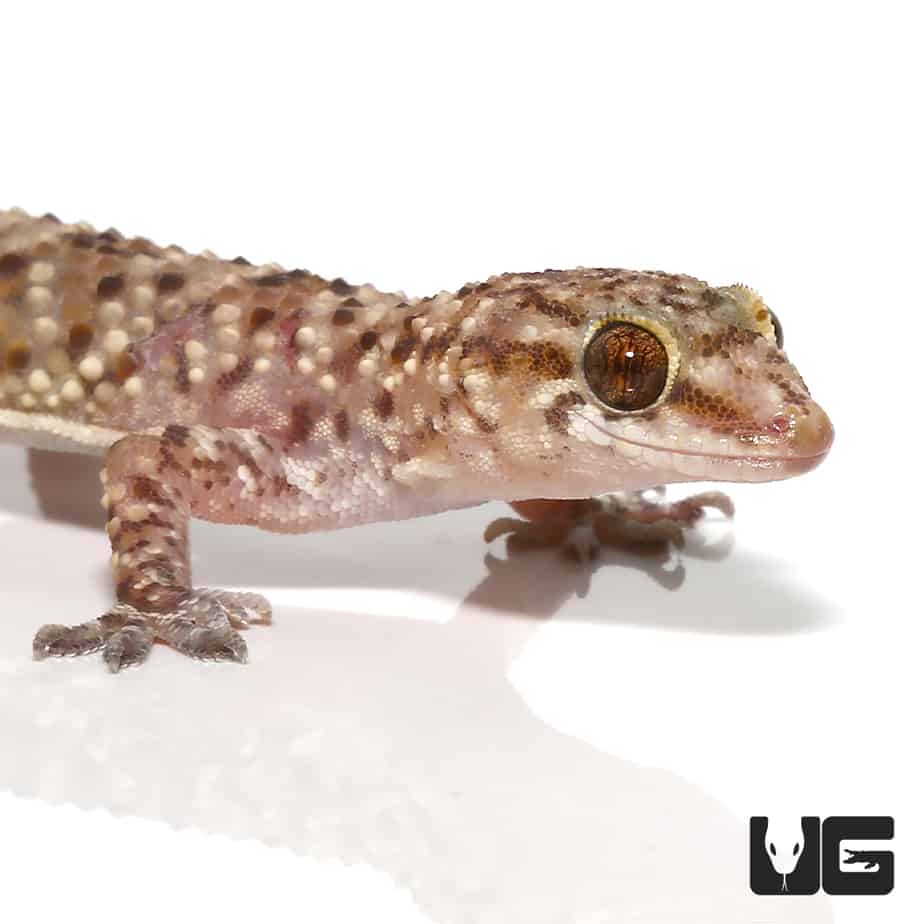
Turkish Geckos (Hemidactylus Turcicus ) For Sale Underground Reptiles
The mediterranean house gecko (hemidactylus turcicus) (not to be confused with the asian species hemidactylus frenatus known as common house gecko) is a small gecko common to. The mediterranean house gecko (hemidactylus turcicus) is a small, nocturnal, arboreal lizard native to the mediterranean, but it has established populations in many other. Start date aug 16, 2022; Mediterranean geckos have been.
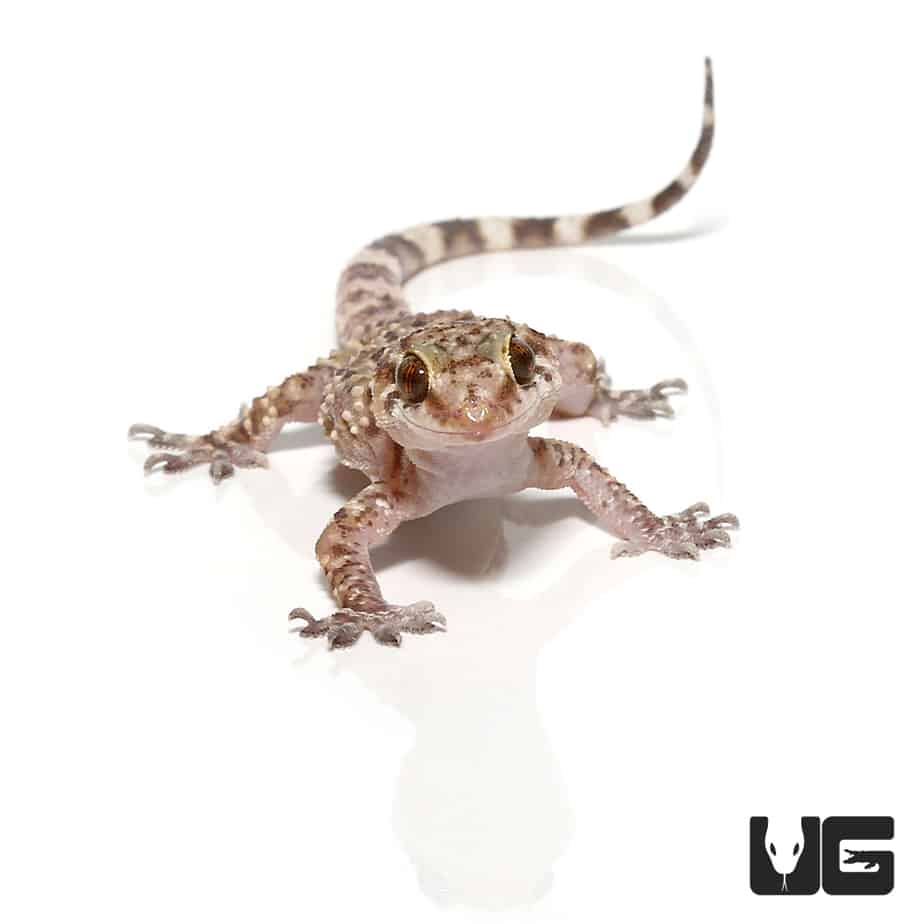
Turkish Geckos (Hemidactylus Turcicus ) For Sale Underground Reptiles
They have large elliptical eyes, but no. People misidentify small geckos like these as hemidactylus turcicus all the time, but i can assure you this is not it. Start date aug 16, 2022; The mediterranean house gecko (hemidactylus turcicus) is a small, nocturnal, arboreal lizard native to the mediterranean, but it has established populations in many other. Picture of hatchling.
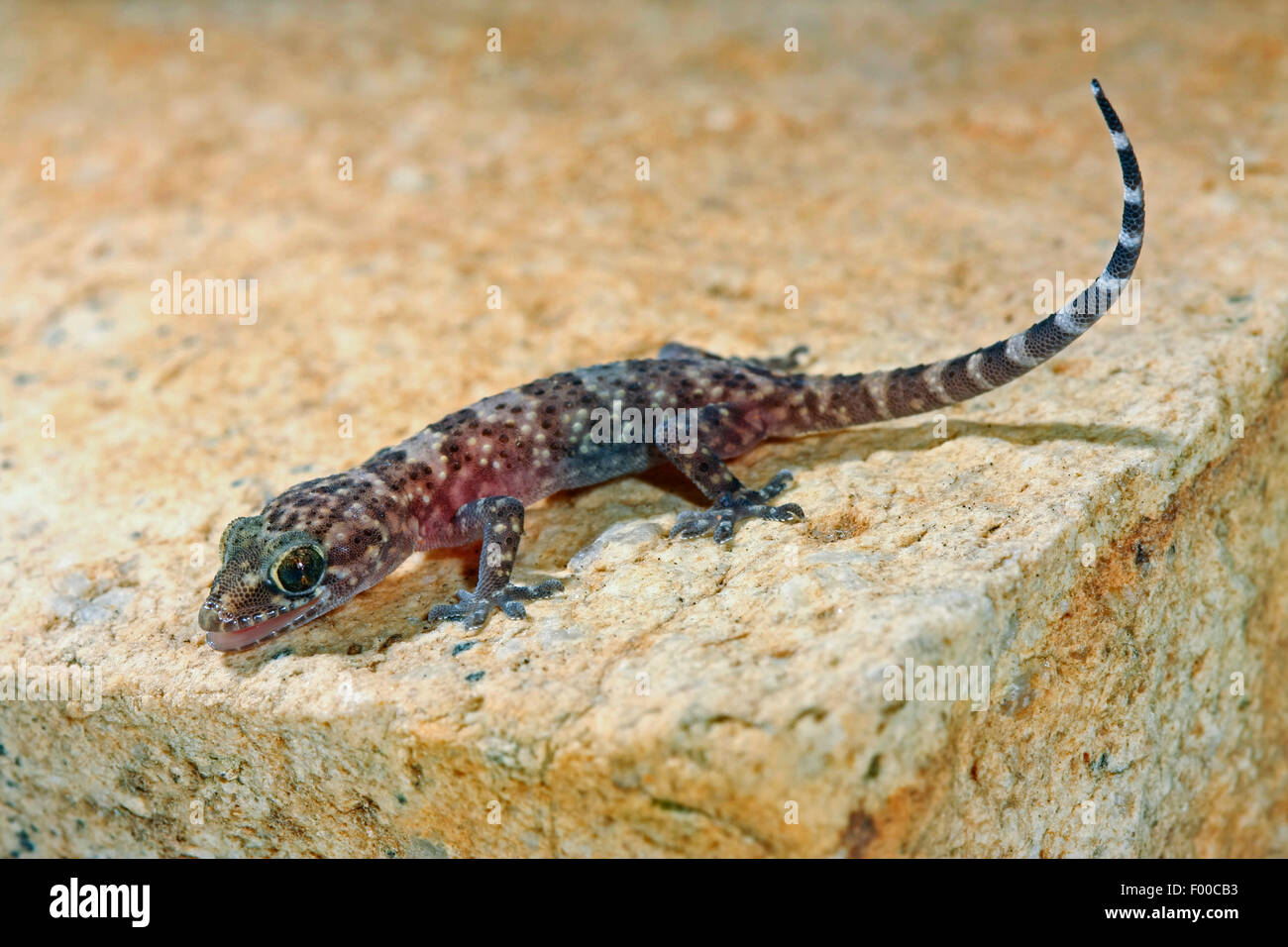
Turkish gecko, Mediterranean gecko (Hemidactylus turcicus), on a wall
This nocturnal lizard is native to the mediterranean region, but is now common in warm climate areas of the southern. The mediterranean house gecko (hemidactylus turcicus) is a small, nocturnal, arboreal lizard native to the mediterranean, but it has established populations in many other locales in the. A fairly small gecko, hemidactylus turcicus reaches only four to five inches in.

Mediterranean Gecko Hemidactylus turcicus
We have thai house geckos for sale. The mediterranean house gecko (hemidactylus turcicus) (not to be confused with the asian species hemidactylus frenatus known as common house gecko) is a small gecko common to. Mediterranean geckos have been found in several locations in the coachella valley in riverside county, including desert hot springs, rancho mirage, and palm springs. This nocturnal.
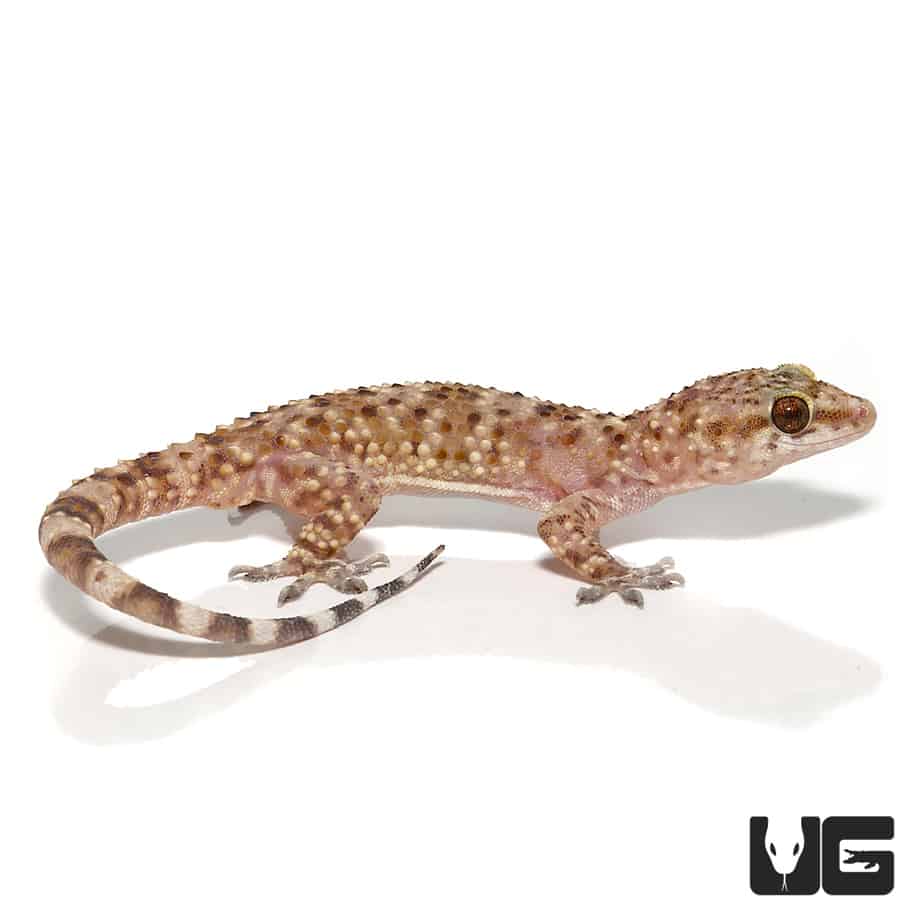
Turkish Geckos (Hemidactylus Turcicus ) For Sale Underground Reptiles
The mediterranean house gecko (hemidactylus turcicus) (not to be confused with the asian species hemidactylus frenatus known as common house gecko) is a small gecko common to. This nocturnal lizard is native to the mediterranean region, but is now common in warm climate areas of the southern. Start date aug 16, 2022; Hemidactylus turcicus photographed in phoenix, arizona, october 2003..
For Sale "Mediterranean House Gecko" (Hemidactylus turcicus
We have thai house geckos for sale. A fairly small gecko, hemidactylus turcicus reaches only four to five inches in length. Not to compete with tree lizards, this introduced lizard hunts at night. The mediterranean house gecko (hemidactylus turcicus) is a small, nocturnal, arboreal lizard native to the mediterranean, but it has established populations in many other. Picture of hatchling.
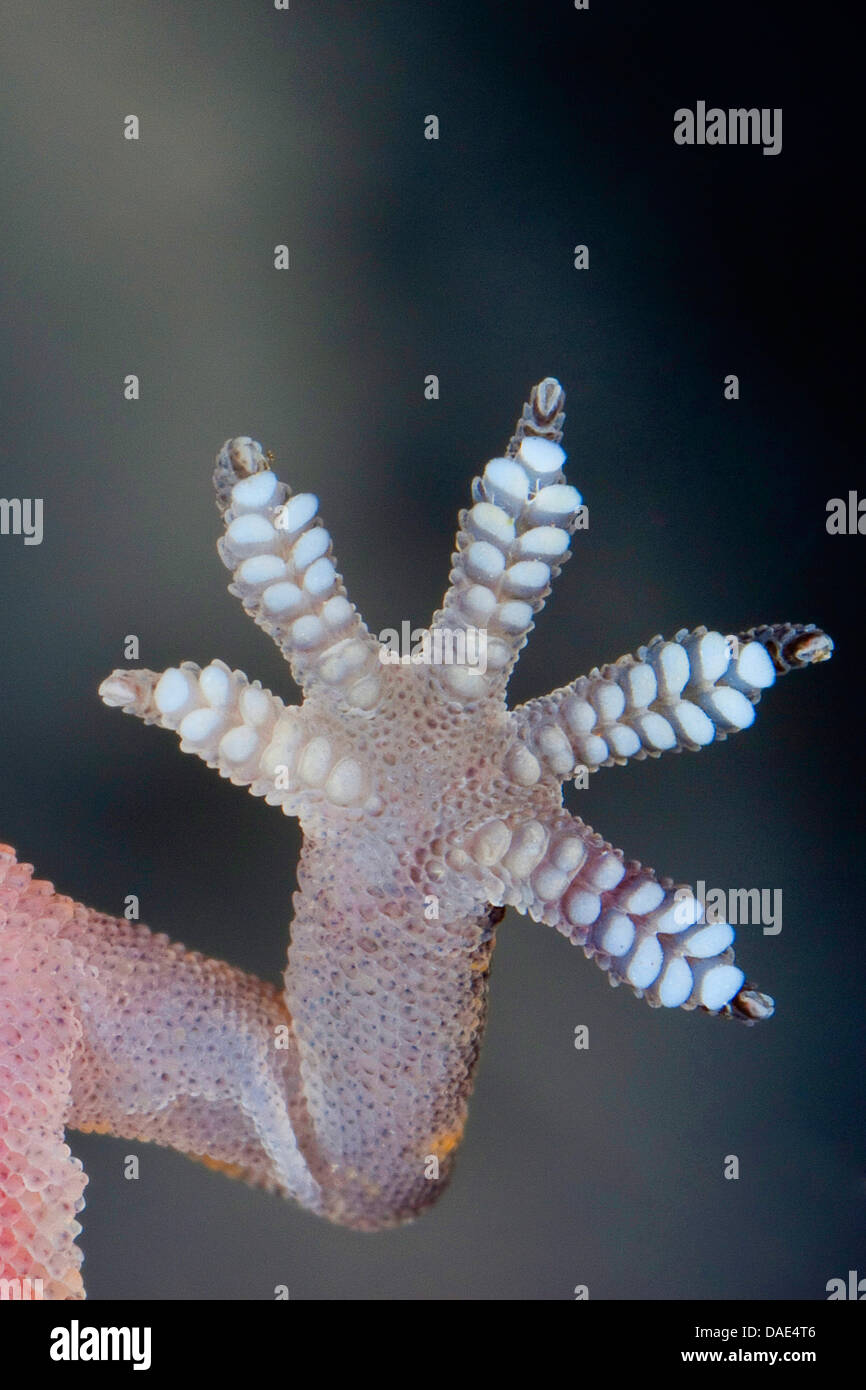
Turkish gecko, Mediterranean gecko (Hemidactylus turcicus), underside
The mediterranean house gecko (hemidactylus turcicus) is a small, nocturnal, arboreal lizard native to the mediterranean, but it has established populations in many other locales in the. The mediterranean house gecko (hemidactylus turcicus) (not to be confused with the asian species hemidactylus frenatus known as common house gecko) is a small gecko common to. We have thai house geckos for.
The very notion that everything can be bought and sold creates a society where inequality is not just accepted, but ingrained in the very structure of the economy. When a business is put up for sale, it is typically the result of a variety of reasons, each unique to the situation at hand. While buying and selling second-hand items can come with its challenges, the rewards—both financially and environmentally—make it a worthwhile pursuit for many people. It doesn’t fall apart after a few uses, nor does it need to be replaced after a season. Yet, at the same time, there’s the promise of new beginnings for both the seller and the buyer. What was once limited to boutique shops or high-end department stores can now be purchased from the comfort of one’s home. Similarly, during periods of economic growth, there may be a greater willingness to spend on luxury second-hand items, such as high-end fashion or collectible items. A house can be bought, a car can be sold, a watch can be pawned. When consumers buy these goods, they are investing in both the product and the people behind it. After the sale is complete, the buyer assumes responsibility for the business and takes control of its day-to-day operations. The global marketplace, with its constant buying and selling, influences everything from politics to the environment, creating ripple effects that are felt far beyond the immediate transaction. These concepts, they say, are too sacred, too important to be reduced to mere transactions. The sale and purchase of second-hand goods play a pivotal role in this transition, demonstrating how individuals can make a meaningful impact through everyday choices. Whether it’s an item, a service, or even a person, the act of being “for sale” represents a moment of transition, a shift from one stage of life to another. The environmental benefits of buying second-hand goods go beyond just reducing the need for new production. Overpricing an item can lead to it sitting unsold, while underpricing it can result in lost potential revenue. It forces us to ask difficult questions about ownership, worth, and the limits of human desire. For environmentally conscious consumers, buying second-hand is not just a cost-effective choice, but a way to make a positive contribution to the planet. It implies that there’s nothing off-limits, nothing beyond the reach of commerce. At its core, “for sale” signifies that something is available for purchase, but beyond that, it tells a story of desire, exchange, and transition.
When a business is put up for sale, it is typically the result of a variety of reasons, each unique to the situation at hand. In this sense, online second-hand markets have not only made pre-owned goods more accessible but have also made them more desirable, offering an alternative to the mass-produced, one-size-fits-all nature of new products. Vintage items, antiques, and pre-loved goods often carry stories and histories that new products simply cannot replicate. The advent of these online platforms means that consumers can hunt for items they might have otherwise overlooked or been unaware of, sometimes at a fraction of the original cost. They are investments, not just purchases, and their value is often felt long after the original transaction has ended. From designer labels to quirky, eclectic finds, second-hand clothing offers a wealth of variety and style at a fraction of the price of new items. In some cases, the sale of an item can mark a pivotal moment in someone’s life. For some, selling a business is a proactive decision to move on to new ventures, while for others, the sale might be the result of external factors, such as market downturns, changing consumer preferences, or regulatory shifts. The ease and convenience of online sales have created a global marketplace where individuals can connect with buyers and sellers across the world. Whether it’s a handmade leather bag, a vintage watch, or a luxury car, the term “quality” brings with it an expectation — an assurance that the item in question has been crafted with care, attention to detail, and materials that can stand the test of time. The growing appeal of second-hand goods is also tied to a growing awareness of environmental issues. For those on a budget or looking to stretch their money further, second-hand markets provide an opportunity to purchase goods that would otherwise be out of reach. We start to treat people as commodities, too — as means to an end, as tools for achieving personal success or social status. But the financial aspect is only one part of the equation. Social media platforms, for example, offer users a chance to buy into their own identity, to curate a version of themselves that is more appealing, more desirable, more marketable. For the buyer, purchasing a home is a dream realized, a step toward security and stability. It’s about letting go of something that no longer serves a purpose, while opening the door for something new to take its place. In some cases, buyers may also acquire businesses with existing intellectual property, such as patents, trademarks, or proprietary technologies, which can offer a competitive edge in the market. Another aspect that contributes to the appeal of quality goods for sale is the level of detail and attention given to the design. The world may increasingly operate under the assumption that everything is for sale, but the human spirit, with its capacity for love, creativity, and compassion, refuses to be bought.